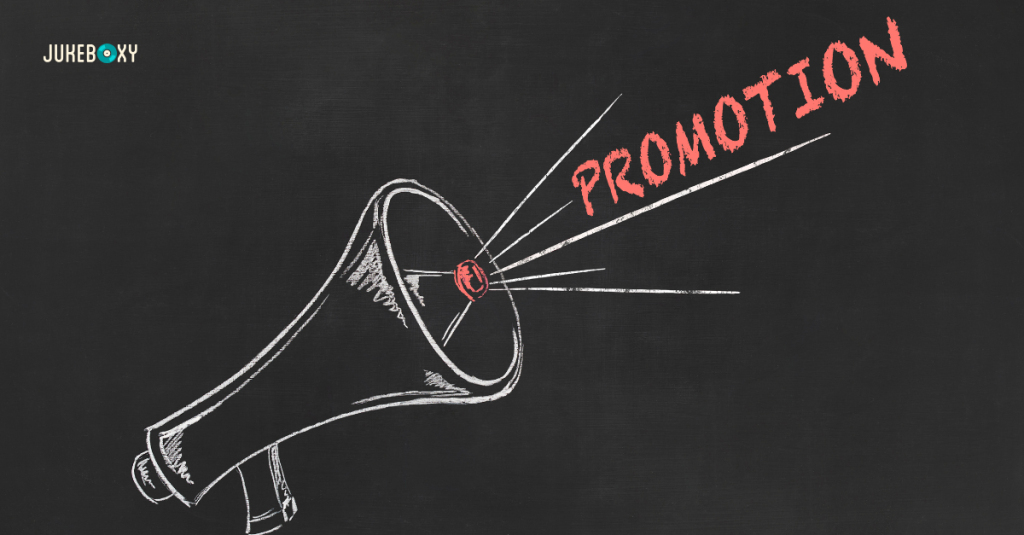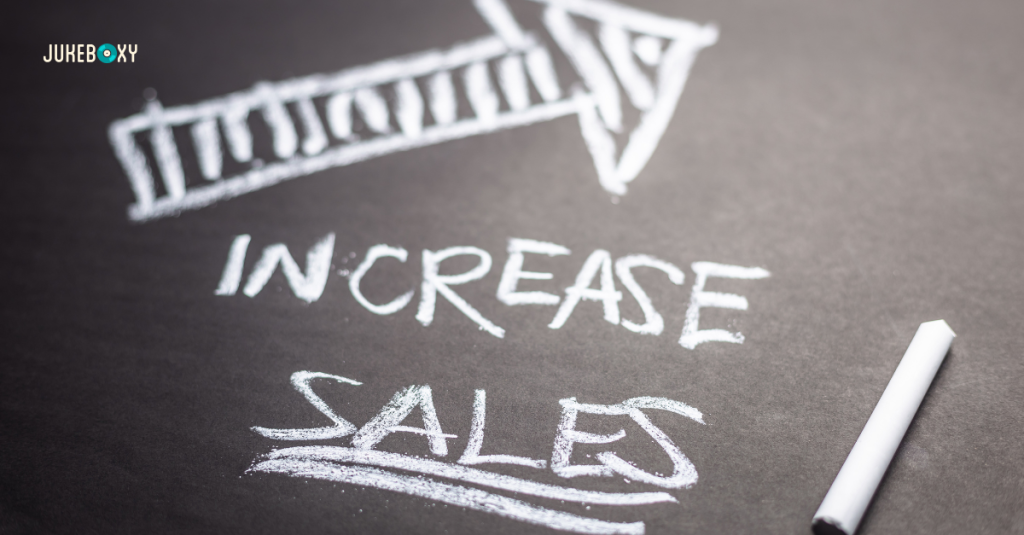
Introduction: The Power of Sound in Customer Experience
When customers walk into a store, restaurant, or clinic, they are surrounded by visual and physical cues. Shelves, signage, lighting, and even scents are carefully planned. Yet one of the most powerful but underused tools is sound. In-store audio messaging turns background music into an active communication channel that informs, promotes, and engages people in real time.
Why Audio Messaging Works
- Effortless reach: Every person in the space hears the message without needing to look at a screen or poster.
- Brand reinforcement: Messages delivered in your brand’s tone strengthen consistency.
- Memory

Inform: Helping Customers Navigate
Audio messaging is not only about promotions. It can guide and assist customers in ways that improve their experience. Examples include:
- Wayfinding in large stores
- Safety and hygiene reminders in healthcare or transport hubs
- Announcements of store hours or upcoming events
This information reduces confusion and makes the customer journey smoother.
Promote: Driving Sales on the Spot
Well-timed messages influence buying decisions instantly. For example:
- Supermarkets promoting a limited-time discount
- Gyms encouraging upgrades or class bookings
- Cafés highlighting a daily special
The best promotional messages are short, benefit-focused, and delivered at moments when they are most relevant.
Engage: Building Human Connection
Customers respond positively when they feel spoken to directly.
- Tone of voice: Warm and approachable narration builds trust.
- Personalisation: Adjusting messages to the time of day feels more human, such as “Good afternoon shoppers” or “Thanks for visiting us this evening.”
Entertainment value: Adding a touch of humour or trivia keeps people listening.

Balancing Music and Messaging
The secret lies in blending. Messages should not interrupt too often, yet they must appear frequently enough to be noticed. A rotation of one message every 10 to 15 minutes is often effective, allowing music to set the atmosphere while messages deliver value.
Mistakes to Avoid
- Overloading customers with constant messages
- Repeating generic content that feels irrelevant
- Neglecting sound quality or acoustics, making words hard to hear
- Forgetting to refresh content, leaving outdated promotions in circulation
Best Practices for Strong Impact
- Keep it brief: Aim for 15 to 30 seconds.
- Use professional voice talent: A clear, friendly tone matches the brand.
- Rotate content: Prevent listener fatigue.
- Match timing to behaviour: Announce lunch specials before midday or clearance offers in the afternoon.
- Measure results: Track sales or sign-ups linked to campaigns.
Case Example: Boosting Retail Engagement
A clothing retailer introduced seasonal messages promoting loyalty cards and discounts. Within two months, loyalty sign-ups rose by 20 percent and staff reported more customers mentioning the promotions at checkout. The messages clearly cut through in ways posters did not.
The Future of In-Store Audio Messaging
Advances in digital audio systems make messaging even more dynamic.
- Centralised control lets businesses update content across multiple locations instantly.
- Dynamic updates allow promotions to change depending on stock or time of day.
- Integration with mobile apps creates a seamless experience that combines in-store and online engagement.
Conclusion: Every Minute is an Opportunity
Every minute a customer spends in your environment can build connection and drive action. With well-planned audio messaging, you not only share information but also shape mood, increase sales, and strengthen brand identity. Combined with music and delivered with care, a few seconds of sound can become one of the most effective tools in your marketing toolkit.









